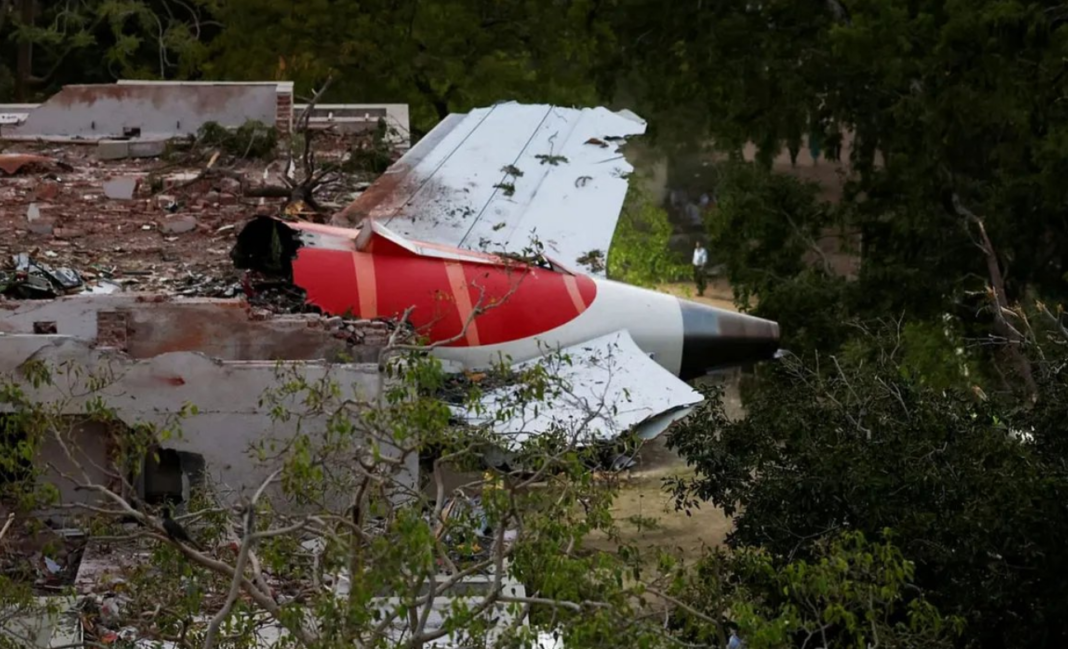In a significant development in the investigation into the recent Air India aircraft incident in Ahmedabad, a preliminary report by the Aircraft Accident Investigation Bureau (AAIB) has revealed that the aircraft’s Throttle Control Module (TCM) was replaced twice over the past six years. Despite these replacements—in 2019 and again in 2023—the fuel control switch, part of the same system, failed mid-flight on June 12, leading to the serious incident.
What Happened on June 12?
The incident occurred shortly after takeoff from Ahmedabad airport when an Air India Boeing 787-8 Dreamliner, registered as VT-ANB, experienced a sudden shutdown of its fuel control switch. This unexpected malfunction led to a hazardous situation, although the aircraft managed to avoid a major disaster.
What is the Throttle Control Module (TCM)?
The Throttle Control Module is a critical flight component responsible for regulating engine thrust. It includes the fuel control switches, which are crucial for managing fuel supply to the engines. These switches are now under intense scrutiny because one of them turned off unexpectedly mid-air, raising serious questions about aircraft safety protocols.
TCM Replacements Based on Boeing Directive
Sources close to the investigation confirmed that the TCM on this aircraft was replaced in accordance with a service bulletin issued by Boeing in 2019. Air India, following the manufacturer’s recommendations, changed the module first in 2019 and again in 2023.
Despite these proactive replacements, the recent failure of the fuel control switch points toward a potentially deeper issue, either in the module’s design, integration, or functioning.
Findings of the Preliminary AAIB Report
According to the AAIB’s preliminary investigation, while the TCM was indeed replaced twice, there is no direct evidence so far to suggest that the component swap had any connection to the switch failure. However, the fact that the fuel control switch malfunctioned just after takeoff has raised alarms and is now a central focus of the ongoing inquiry.
The AAIB report highlights that such a failure could have had severe consequences and that further technical analysis is required to understand what caused the automatic shutdown of the fuel control system.
ALPAI Questions Objectivity of Investigation
Meanwhile, the Airline Pilots Association of India (ALPAI) has voiced concerns regarding the fairness of the investigation. According to the organization, the inquiry appears to be unduly focused on pilot error from the outset. ALPAI emphasized that such a bias could compromise the integrity of the investigation.
The association has called for an impartial, evidence-based approach and urged investigators to thoroughly examine all technical factors before drawing conclusions. It warned against rushing to assign blame without fully exploring possible mechanical or software-related faults, particularly those involving TCM or its integration with the aircraft’s avionics.
Broader Implications for Aviation Safety
The incident has reignited concerns about the reliability of critical aircraft systems, particularly those involving electronic throttle control and engine fuel management. Industry experts suggest that the matter could prompt further inspections across the Dreamliner fleet globally if systemic flaws are identified.
Additionally, questions have been raised about the adequacy of service bulletins and whether the replacements based on Boeing’s instructions were sufficient to prevent such malfunctions.
What’s Next?
The AAIB is expected to release a more detailed report in the coming months, which will include technical data downloads, component analysis, and pilot testimonies. Until then, both Air India and the Directorate General of Civil Aviation (DGCA) are cooperating with investigators.
This case may also set a precedent for re-evaluating how airlines respond to manufacturer-issued directives and whether such measures are effective in averting future incidents.








